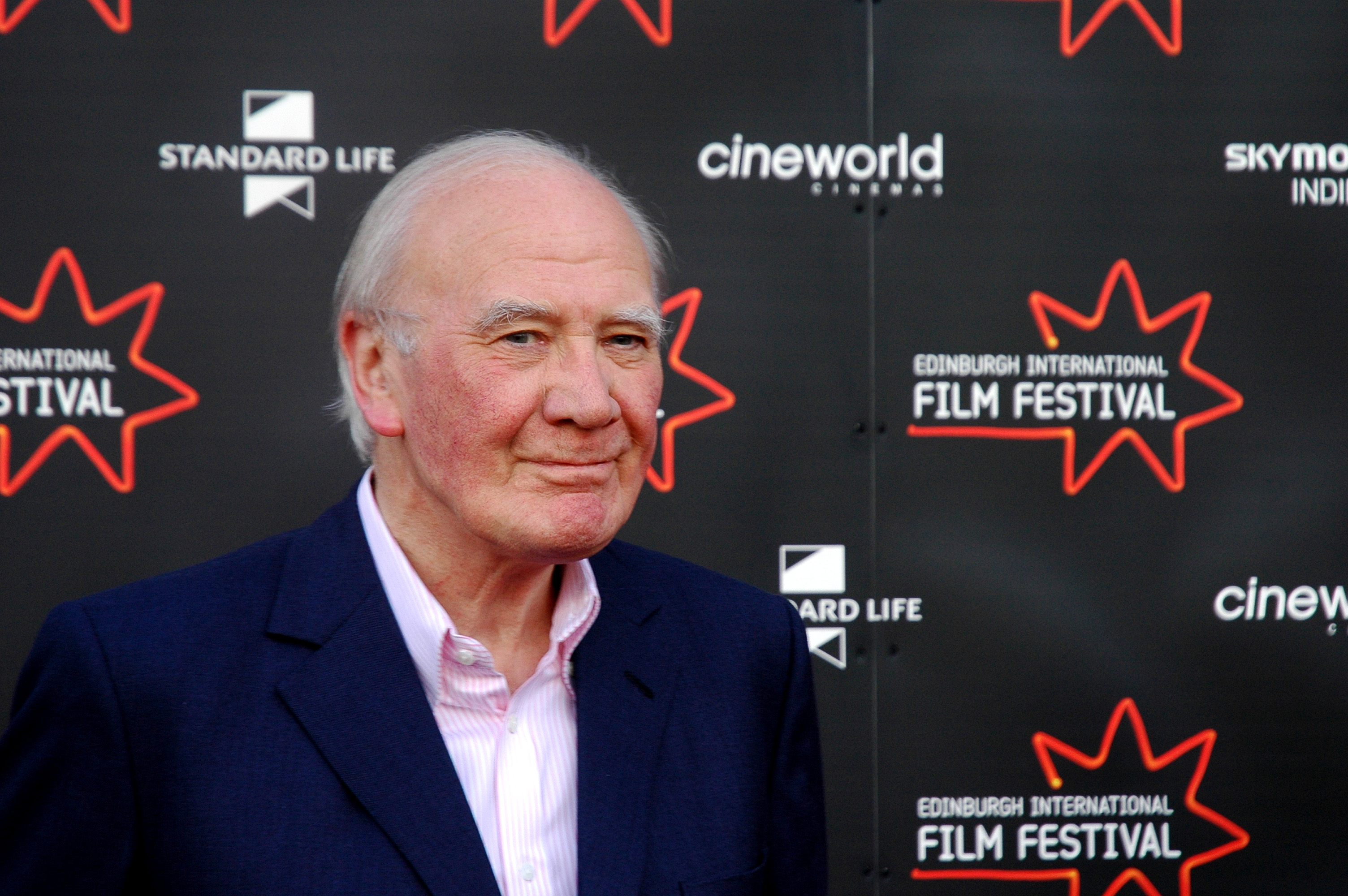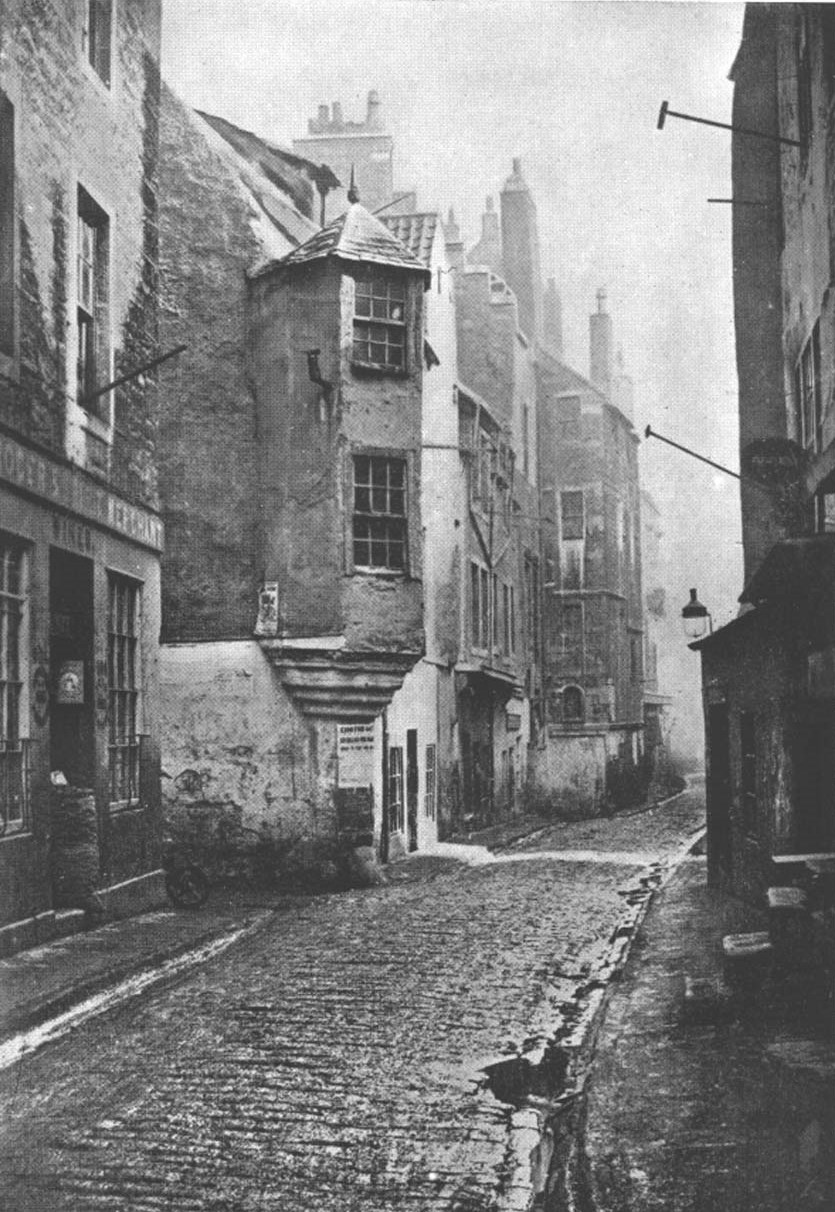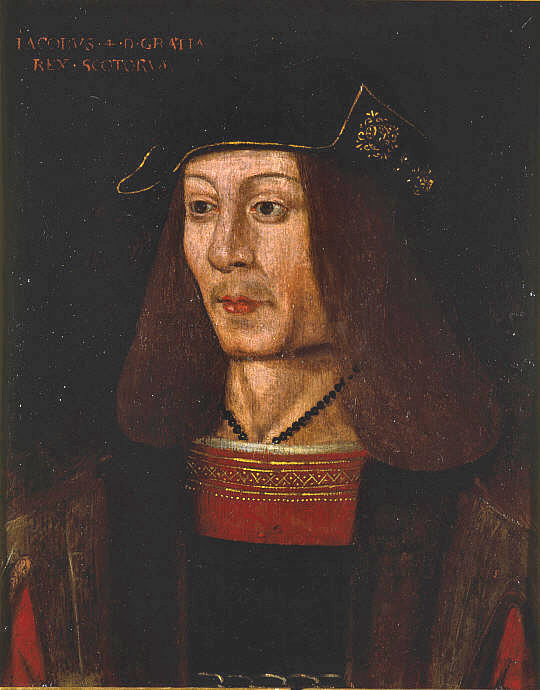|
Chancellor Of The University Of St Andrews
The Chancellor of the University of St Andrews is the titular head of the University of St Andrews. Their duties include conferring degrees, promoting the university's image throughout the world, and furthering the university's interests within and outwith Scotland. The Chancellor does have the power to refuse an "improvement in the internal arrangements of the University", however, there is no evidence of any Chancellor using this effective ''veto'' over the University Court. The Office of the Chancellor has existed since the foundation of the university in the 15th century, and no comprehensive definition of its powers has been made in any modern statute. The remit and powers of the Chancellor were described by Royal Commission on the Universities and Colleges of Scotland, which described the Chancellor of St Andrews thus: Section 2 of the Universities (Scotland) Act 1858 provides that the Chancellor is to be elected by the General Council, to hold office for life, although ... [...More Info...] [...Related Items...] OR: [Wikipedia] [Google] [Baidu] |
Menzies Campbell
Walter Menzies Campbell, Baron Campbell of Pittenweem, (; born 22 May 1941), often known as Ming Campbell, is a British Liberal Democrat politician, advocate and former athlete. He was the Member of Parliament (MP) for North East Fife from 1987 to 2015 and was the Leader of the Liberal Democrats from 2 March 2006 until 15 October 2007. Campbell held the British record for the 100 metre sprint from 1967 to 1974, having run the distance in 10.2 seconds. He captained the Great Britain athletics team in 1965–66. He is currently the Chancellor of the University of St Andrews. He was nominated for a life peerage in the 2015 Dissolution Honours. Education and early career Born in Glasgow, Campbell was educated at Hillhead High School and the University of Glasgow, graduating with a Scottish Master of Arts (MA) in 1962 and a Bachelor of Laws (LLB) in 1965. He was elected President of the Glasgow University Liberal Club in 1962, and of the Glasgow University Union for 1964– ... [...More Info...] [...Related Items...] OR: [Wikipedia] [Google] [Baidu] |
United Kingdom
The United Kingdom of Great Britain and Northern Ireland, commonly known as the United Kingdom (UK) or Britain, is a country in Europe, off the north-western coast of the continental mainland. It comprises England, Scotland, Wales and Northern Ireland. The United Kingdom includes the island of Great Britain, the north-eastern part of the island of Ireland, and many smaller islands within the British Isles. Northern Ireland shares a land border with the Republic of Ireland; otherwise, the United Kingdom is surrounded by the Atlantic Ocean, the North Sea, the English Channel, the Celtic Sea and the Irish Sea. The total area of the United Kingdom is , with an estimated 2020 population of more than 67 million people. The United Kingdom has evolved from a series of annexations, unions and separations of constituent countries over several hundred years. The Treaty of Union between the Kingdom of England (which included Wales, annexed in 1542) and the Kingdom of Scotland in 170 ... [...More Info...] [...Related Items...] OR: [Wikipedia] [Google] [Baidu] |
Patrick Adamson
Patrick Adamson (1537–1592) was a Scottish divine, and Archbishop of St Andrews from 1575. Life Adamson was born at Perth where his father, Patrick Adamson, a burgess became Dean of Merchant Guildry. Adamson studied philosophy at the University of St Andrews where he graduated as MA, later receiving a doctorate. Residence in France After serving as Minister of Ceres, Fife for three years, in 1565, Adamson travelled to Paris as tutor to the eldest son of Sir James MacGill, the Lord Clerk Register (or ''Clericus Rotulorum'' of Scotland), serving there initially as a Knights Hospitaller chaplain. In June 1566 Adamson wrote a Latin poem on the birth of Prince James for Mary, Queen of Scots and her King consort, Lord Darnley; by describing the young James as ''serenissimus princeps'' "of France and England" which, leaked by a rival to Charles IX of France's courtiers, caused offence resulting in six months' detention in France. He was released only through the intercession ... [...More Info...] [...Related Items...] OR: [Wikipedia] [Google] [Baidu] |
John Douglas (archbishop)
John Douglas (c. 1500 – 1574) was Protestant Archbishop of St. Andrews from 1571 to 1574. As was tradition from the fifteenth to the seventeenth centuries, the Archbishop also took on the role of Chancellor of the University of St Andrews, as the University had strong links with the Pre-Reformation church. Life John Douglas, was born in Longnewton, Roxburghshire, the 'bastard son natural of quondam' Robert Douglas. Letters of legitimation were granted on 2 January 1563–64.Register of Privy Seal, xxxii. 23 He graduated at University of Paris, where he was a fellow-student of Archibald Hay in Montague College. He was probably the "magister Johannes Douglas," who matriculated from the Psedagogium on 25th June 1523. He was appointed by Queen Mary prior to 1 October 1547, on which date the commendator and sub-prior gave notice of the appointment to the vicar of Tynninghame and the curates of Inchbryok and Tannadice, with instructions to announce it in their respective churches, ... [...More Info...] [...Related Items...] OR: [Wikipedia] [Google] [Baidu] |
John Hamilton (archbishop)
John Hamilton (3 February 1512 – 6 April 1571), Scottish prelate and politician, was an illegitimate son of The 1st Earl of Arran (in the Peerage of Scotland). Brother of the Regent At a very early age Hamilton became a monk and Abbot of Paisley. After studying in Paris he returned to Scotland, where he soon rose to a position of power and influence under his half-brother, The 2nd Earl of Arran, who was serving as Regent. He was made Keeper of the Privy Seal of Scotland in 1543 and bishop of Dunkeld two years later; in 1546 he followed Cardinal Beaton as Archbishop of St Andrews, and about the same time he became treasurer of the kingdom. In 1553 the Italian physician Gerolamo Cardano cured him of a disease that had left him speechless and was thought incurable. The diplomat Thomas Randolph recorded the "merry tales" rumoured about his methods still current in Edinburgh nine years later. Cardano himself wrote that the Archbishop had been short of breath for ten years, and a ... [...More Info...] [...Related Items...] OR: [Wikipedia] [Google] [Baidu] |
David Beaton
David Beaton (also Beton or Bethune; 29 May 1546) was Archbishop of St Andrews and the last Scotland, Scottish Cardinal (Catholicism), cardinal prior to the Scottish Reformation, Reformation. Career Cardinal Beaton was the sixth and youngest son of eleven children of John Beaton (Bethune) of Balfour in the county of Fife, and his wife Mary, daughter of Sir David Boswell of Balmuto. The Bethunes of Balfour were part of Clan Bethune, the Scottish branch of the noble French House of Bethune. The Cardinal is said to have been born in 1494. He was educated at the universities of University of St Andrews, St Andrews and University of Glasgow, Glasgow, and in his sixteenth year was sent to Paris, where he studied civil and canon law (Catholic Church), canon law. In 1519 King James V of Scotland named him ambassador in France. In 1520, his uncle, James Beaton, Archbishop of Glasgow, named David Beaton Rector (ecclesiastical), Rector and Prebendary at Cambuslang#David Beaton, Cambusla ... [...More Info...] [...Related Items...] OR: [Wikipedia] [Google] [Baidu] |
James Beaton
James Beaton (or Bethune) (1473–1539) was a Roman Catholic Scottish church leader, the uncle of David Cardinal Beaton and the Keeper of the Great Seal of Scotland. Life James Beaton was the sixth and youngest son of John Beaton of Balfour, in Fife. He graduated as Master of Arts at St. Andrews University in 1493, was appointed Precentor of Dornoch Cathedral (Diocese of Caithness) in 1497 and in 1503 was appointed Provost of the Collegiate Church of Bothwell. In 1504 he became Prior of Whithorn and Abbot of Dunfermline and in 1505 was made Lord High Treasurer of Scotland by James IV.Hunter-Blair, Oswald. "James Beaton." The Catholic Encyclopedia Vol. 2. New York: Robert Appleton Company, 1907. 24 July 2015 In 1508 he was elected as |
Andrew Forman
Andrew Forman (11 March 1521) was a Scottish diplomat and prelate who became Bishop of Moray in 1501, Archbishop of Bourges in France, in 1513, Archbishop of St Andrews in 1514 as well as being Commendator of several monasteries. Early life He was probably the son of Nicholas Forman of Hutton in Berwickshire, and Jonet Blackadder.McGladdery, ''Andrew Forman'' Forman had three brothers, John and Adam who were both knights – Adam was the standard-bearer to King James IV at the Battle of Flodden and John was the king's serjeant-porter who was captured at the battle – and Robert who was dean of Glasgow cathedral. He also had two known sisters—Isabel, the second wife of Sir Patrick Home of Fast Castle and an unnamed sister whose son, John Roul, became commendator of May after Forman's death. A possible third sister, Jonet Forman the Prioress of Eklis (Eccles), is the first named in a letter of protection and respite (similar to a will) dated 28 March 1513, when Forman lists ... [...More Info...] [...Related Items...] OR: [Wikipedia] [Google] [Baidu] |
James, Duke Of Ross
James Stewart, Duke of Ross (March 1476 – January 1504) was a Scottish prince, and the second son of King James III of Scotland and his wife, Margaret of Denmark. James was heir presumptive to his brother until his death, and was Archbishop of St Andrews and Lord Chancellor of Scotland. Titles and offices He was made Marquess of Ormond at his baptism. He was created Earl of Ross in 1481 after that title was forfeited to the crown by John, Lord of the Isles. Of his father's three sons, James of Ross was the favourite. James III even tried to marry him to Edward IV's daughter, Catherine of York. This increasing preference shown to James of Ross was a factor in the rebellion of his elder brother (the future James IV) against their father; and later, as king, James IV was suspicious of his brother's loyalty. Nonetheless, when the elder James succeeded to the crown in 1488, he raised James of Ross's title to Duke of Ross, aged 12. Around May 1497, his brother the King nominated ... [...More Info...] [...Related Items...] OR: [Wikipedia] [Google] [Baidu] |
William Scheves
William Scheves (sometimes modernized to Chivas or Shivas) (died 1497) was the second Archbishop of St. Andrews. His parentage is obscure, but he was probably the illegitimate son of a royal clerk, John Scheves. Sixteenth-century accounts claim he spent several years abroad and studied at the University of Louvain. He spent several years at the University of St Andrews as an administrator. In his earlier ecclesiastical career, he had been ''clericus regiae'' (royal cleric) and master of the hospital of Brechin. In 1474 he was provided unsuccessfully to the Archdeaconry of Dunblane, but by the beginning of 1477 he was Archdeacon of St Andrews and coadjutor (successor) and vicar-general of the archdiocese. After the deposition of Archbishop Patrick Graham in 1478, he succeeded to the archbishopric, apparently receiving the papal pall while in the presence of King James III and many of the nobility at Holyrood. His rapid rise from junior clergyman to archbishop of St Andrew ... [...More Info...] [...Related Items...] OR: [Wikipedia] [Google] [Baidu] |
Archbishop Of St Andrews
The Bishop of St. Andrews ( gd, Easbaig Chill Rìmhinn, sco, Beeshop o Saunt Andras) was the ecclesiastical head of the Diocese of St Andrews in the Catholic Church and then, from 14 August 1472, as Archbishop of St Andrews ( gd, Àrd-easbaig Chill Rìmhinn), the Archdiocese of St Andrews. The name St Andrews is not the town or church's original name. Originally it was ''Cellrígmonaid'' ("church of the king's mounth" hence ''Cill Rìmhinn'') located at ''Cennrígmonaid'' ("head of the king's mounth"); hence the town became ''Kilrymont'' (i.e. ''Cellrígmonaid'') in the non-Gaelic orthography of the High Middle Ages. Today St Andrews has replaced both Kilrymont (and variants) as well as the older English term Anderston as the name of the town and bishopric. The bishopric itself appears to originate in the period 700–900. By the 11th century, it is clear that it was the most important bishopric in Scotland. List of known abbots There had been a monastery there since the 8th ... [...More Info...] [...Related Items...] OR: [Wikipedia] [Google] [Baidu] |





